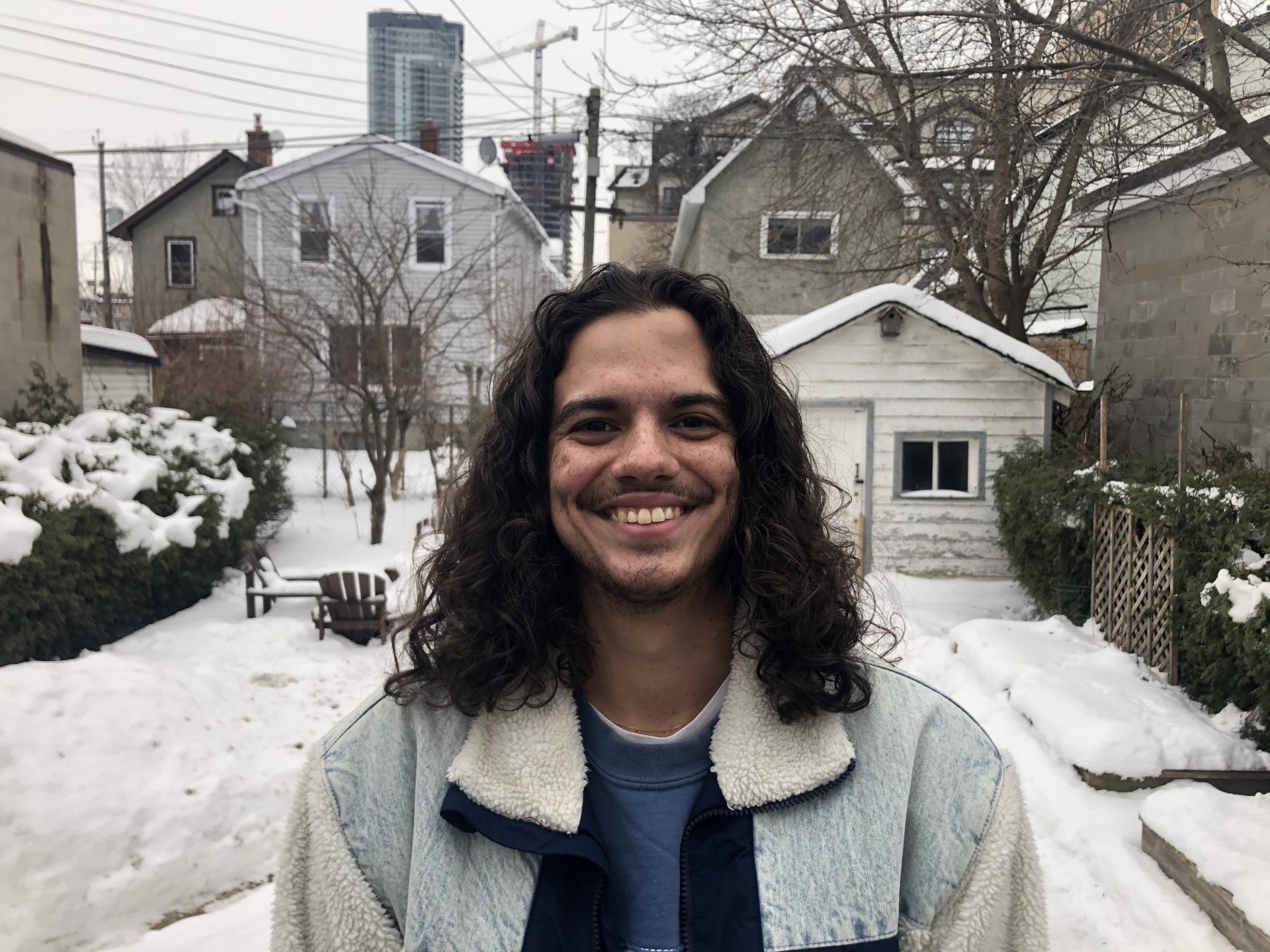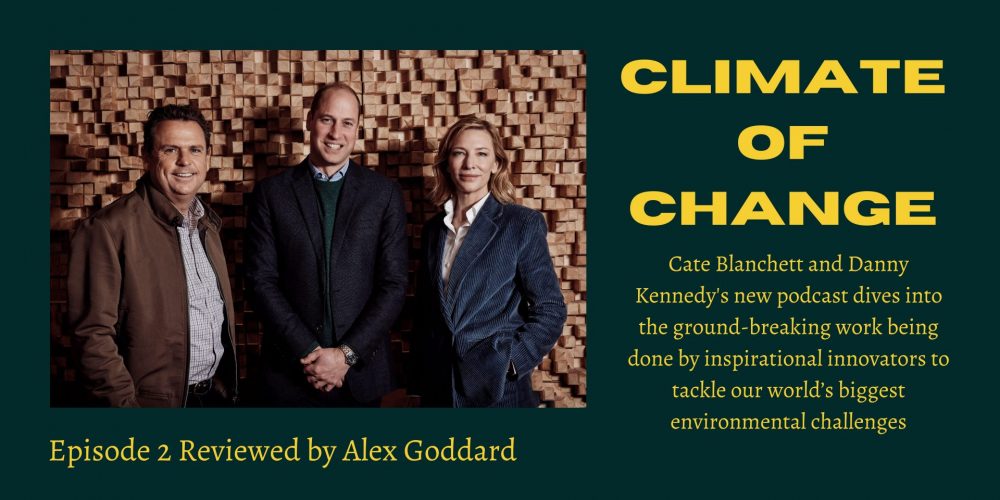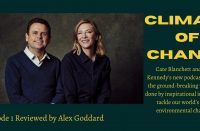This week we are very excited to be reviewing episode two of Cate Blanchett and Danny Kennedy’s new podcast Climate of Change, titled “The Disruptive Decade”. Before diving into the review, remember, if you’d like to listen for yourself – head over to Audible.ca!
The episode starts by highlighting the sustainability measures implemented in their recording studio, ranging from solar panels powering it, and wooden diffusers and old truck tires as sound barriers. As Blanchett says, the green-powered “stuff” is working! I really enjoyed this quick peek into the ways they tried to integrate sustainable solutions as much as possible. The pair then moved from the studio to the roof that holds these solar panels, which resulted in Blanchett asking the questions that I have come to appreciate, such as what happens when there’s no sunlight for these panels. Knowledgeable as ever, Kennedy explains that while not quite as effective, diffuse light still allows for energy to be generated, even on a rainy day. The way this podcast fosters environmental communication, with Blanchett asking questions that many wonder, while Kennedy explains them in clear, easy-to-understand terms, is my favourite aspect of the show.
As someone who considers themself an environmentalist, I can’t believe I haven’t heard of Blanchett’s sustainable endeavours. As mentioned by herself and Kennedy, in 2008 she installed the largest solar array on a single roof in the entire southern hemisphere, on the roof of the Sydney Theatre Company in Australia. With the help of Kennedy no less! As Kennedy said, this showed what was possible, and now Australia is the ‘solar capital of the world (as far as rooftops go)’.
The first episode was full of good news, and this one continues the trend. As Blanchett says, we just don’t hear enough about the good news of the pace of positive change in the energy transition, compared to the bad news of climate collapse. Kennedy states that this is why we need to tell success stories and continue to inspire as Blanchett did with her solar panel installation at the Sydney Theatre Company. Coupled with sustainability measures by other organisations, it was easy to be inspired to implement sustainability measures at this time. Continuing, Kennedy says it’s the power of a cultural institution to make change. Now, Australia is on track to be coal-free by 2030, largely because at this point, it’s simply the economic thing to do
The podcast then moves on to discuss the Earthshot prize, which aims to help repair the planet over the next ten years by providing targeted funding, and a global platform for innovators around the world. This brings in the first guest, His Royal Highness the Duke of Cambridge, Prince William. It was really interesting to hear Prince William talk about his first environmental awakening, going over his time in Kenya where he spent time understanding the challenges, and what it was like to live so close to the animals he grew up seeing on documentaries. I appreciate the optimism that the Prince brings, once again highlighting that for too long we have spoken about the issue too negatively, saying the Earthshot prize, COP, and even this podcast help move the dial and make him optimistic we can do this. Prince William’s reasons for starting the Earthshot prize echo this sentiment of positivity spreading hope, stating that it was inspired after a trip to Namibia where he saw lots of great measures in place but was greeted by the stark contrast of the doom and gloom attitude upon his return to the UK.
For an event honouring green initiatives, you would of course hope that the Earthshot awards would be as green as possible. What was astonishing though, was that they had a 98% reduction in carbon emissions for an event of that size, an almost unbelievable feat that hopefully has inspired others. Even more astonishingly, Coldplay performed, and their entire show was powered by 60 cyclists – how amazing is that?!
The hosts and Prince William then move onto the different Earthshot categories, with the first being cleaner air. The goal of this category is to ensure that by 2030 everyone globally can breathe clean air to the WHO’s standard. The idea discussed here is a process in which crop residues in India, rather than being burned, are turned into fertiliser which benefits both farmers, as well as creates a new revenue stream. We then get to hear from Vidyut Mohan, the co-founder of Takachar. Here he talks about the negative air quality impacts he has witnessed in Delhi due to the burning of crop residues, and how it impacts the health of himself, his family, and all those breathing it. He talks about Takachar, a machine that converts this biomass into fertilizer, and hopes to prevent 2 million tonnes of smoke emissions over just ten years. Not only does this remove up to 95% of smoke emissions associated with farming providing cleaner air, but it also provides free fertiliser, as well as new jobs.

The second Earthshot discussed is the “fix our climate” category, which Blanchett described as ‘absolutely massive’. This leads us to hear from Olugbenga Olubanjo, CEO, Reeddi. Olu hopes to solve the issue of energy connectivity that over one billion people suffer from. Here he talks about this issue in Nigeria, stating that at one point he didn’t have electricity for two entire years. This led him to build a solution – the Reeddi capsule which Kennedy describes as a small black box, about the size of a carton of milk which can charge laptops, lights and phones, making buying electricity as easy as buying a carton of milk. The way this works is by letting people rent the capsule at stores for a low rate. Similar to Kennedy, I enjoyed the fact that these prizes are creating change in less developed parts of the world that have less revenue to invest in sustainable initiatives.
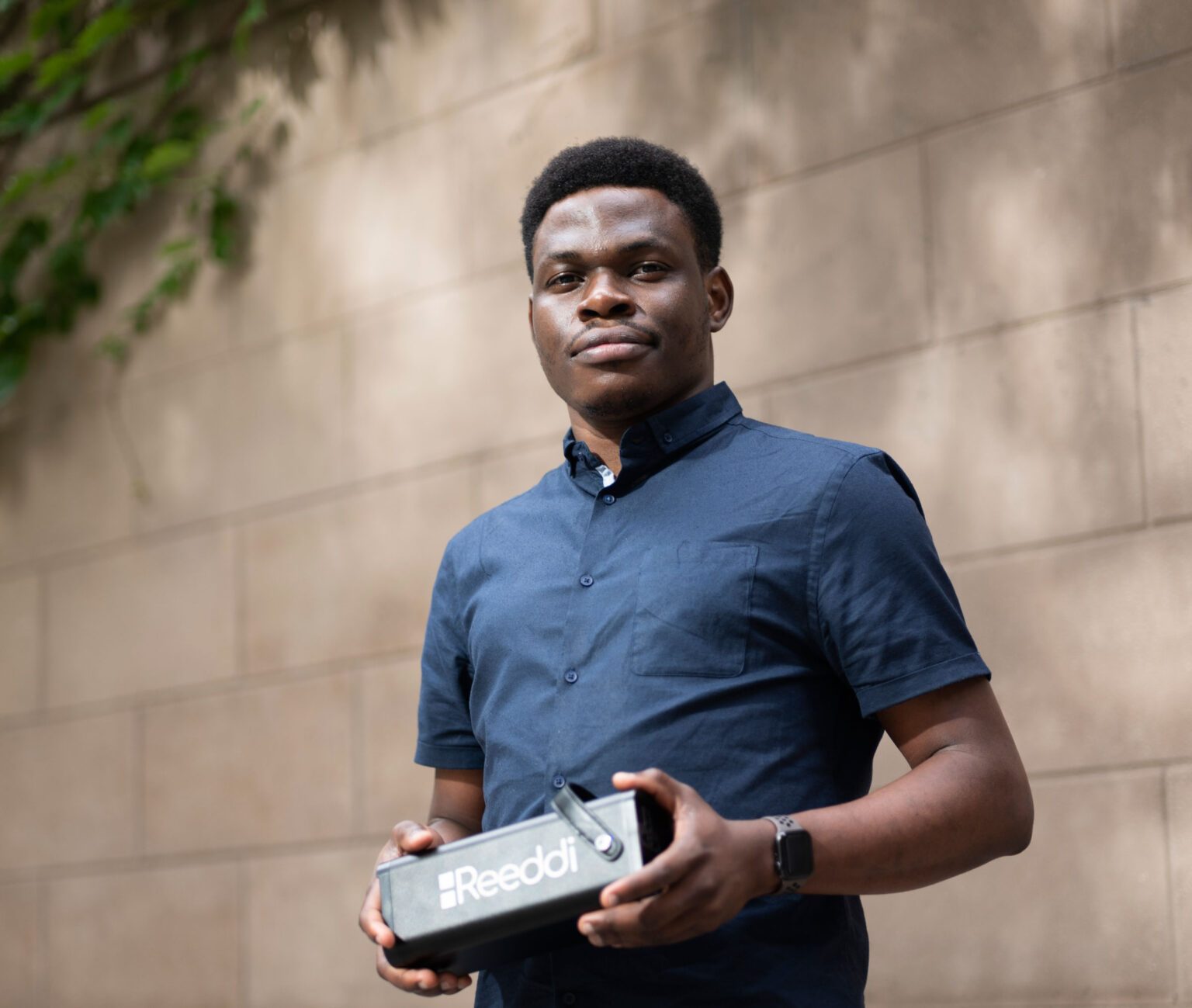
The third Earthshot prize is “save our oceans” which aims to repair and preserve our oceans by 2030 for future generations. Here Prince William talks about the winner Coral Vita, which breeds climate-resilient coral to be transplanted into reefs. If I may insert myself into this really quickly – I’m from Barbados and have had the unfortunate pleasure of watching some of my favourite reefs succumb to coral bleaching over the past decade, this is one of the most exciting climate initiatives I’ve ever heard of. They then speak to Dr. Katherine Dafforn, Co-leader, Living Seawalls – Living Seawalls uses modular habitat panels as sea walls, to ensure that we don’t have ‘concrete coastlines’ – once again, an amazing initiative I can’t believe I hadn’t heard of. As Dr. Dafforn says, the marine animals seem to love these with fish reappearing in days, and over just weeks, helping to restore ecosystems. I agree with Blanchett when she says there is a beautiful simplicity to this project, and it has great potential to be a global initiative. I think I have some suggestions for our Blue Economy back home!
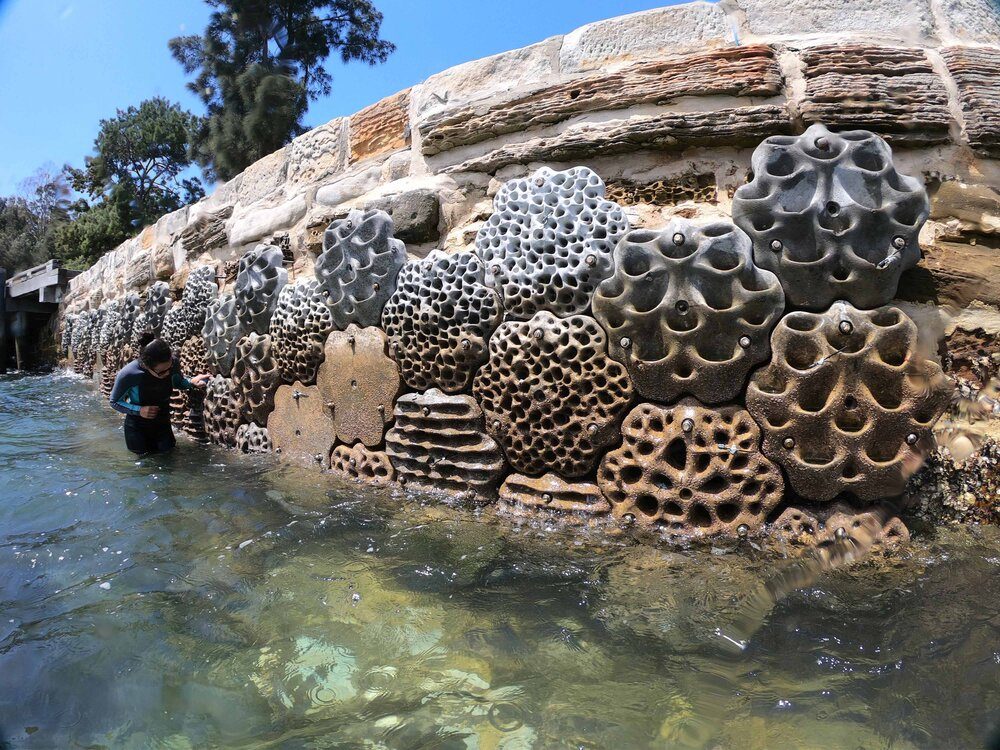
I really appreciate that when asked about what Earthshot aims for in 2022, Prince William said they aimed to have more women-led, and indigenous-led solutions, noting that these groups were not represented as best as they should have been in 2021. Keeping on theme with the podcast, Prince William shares optimistic views of the future, and it is easy to share these feelings with him after hearing about so many wonderful initiatives being aided by Earthshot.
Moving on, Blanchett says that all of this has also made her feel more optimistic, however, she says she feels we are running out of time. I really enjoy the way Kennedy framed his response by saying, ‘too late for who?’. Some communities are already feeling the adverse effects of climate change, and all we can do is try to make the future better for those who come after us. Kennedy’s way of thinking is something that I will be trying to integrate into my own life.
We are then introduced to Tony Seba – thought leader, academic, and author of Clean Disruption of Energy & Transportation. Seba aims to disrupt the five main sectors of the economy. It was interesting to hear Seba say we already have the technology we need to address 90% of climate change issues by 2035, as this is contradictory to the usual discourse which says these issues will take decades to solve. Seba has a good track record of his predictions being correct as pointed out by Kennedy, as he predicted in 2010, that by 2020 solar would be cheaper than fossil fuels, or that by 2025 there would be an electric vehicle retailing for $12,500 – I wonder where he hides his crystal ball? It was interesting to hear his take on how quickly technology can be uptaken, and disrupt what is currently used. As he says, just twenty years after cars were introduced, the horse transport industry which was thousands of years old had become obsolete. Seba states that the key disruptors of energy right now are solar, wind, and batteries, and for the transport industry are on-demand rides, such as uber, and electric vehicles. Seba continues to say that it will be more expensive to not build with solar, and it will be interesting to see as the market shifts not due to the pursuit of sustainability, but due to economic factors.
I appreciate Blanchett’s concern about the wealth distribution that needs to occur throughout the energy revolution, here she touches on the notion of a just transition (read more about this concept here!), stating that we can’t allow for new ‘solar billionaires’. Kennedy’s solution is quite poetic, saying that if we took a 1.5% tax on the wealthy, we would have enough funds to combat the 1.5-degree change we cannot allow to happen. The fact that this wealth distribution will be easier due to the opportunity to create power anywhere, and everywhere, is one that I had not considered, and a great point shared by Kennedy.
The hosts then visit the Energy Gardens in London which maintain gardens along the London Overground stations using renewable energy. These are maintained by the community, and seem to share similarities with community gardens or CSAs which you may visit in your own cities in Canada! The aim of this is to transform urban spaces and make individuals feel empowered to be the change they want to be. I love this initiative because I truly believe time spent in nature is one of the most effective ways to make people feel inspired to act upon their eco-anxiety. The Energy Gardens also create youth training programs, allowing young people to build their own energy systems, and eventually install them at the train stations – thus creating green jobs for the future, and helping create a just transition. As Seba says, these gardens may not provide food for everyone or provide all of the power for the trains, but they open a dialogue as people pass these stations and see the beautiful, fully sustainable gardens.
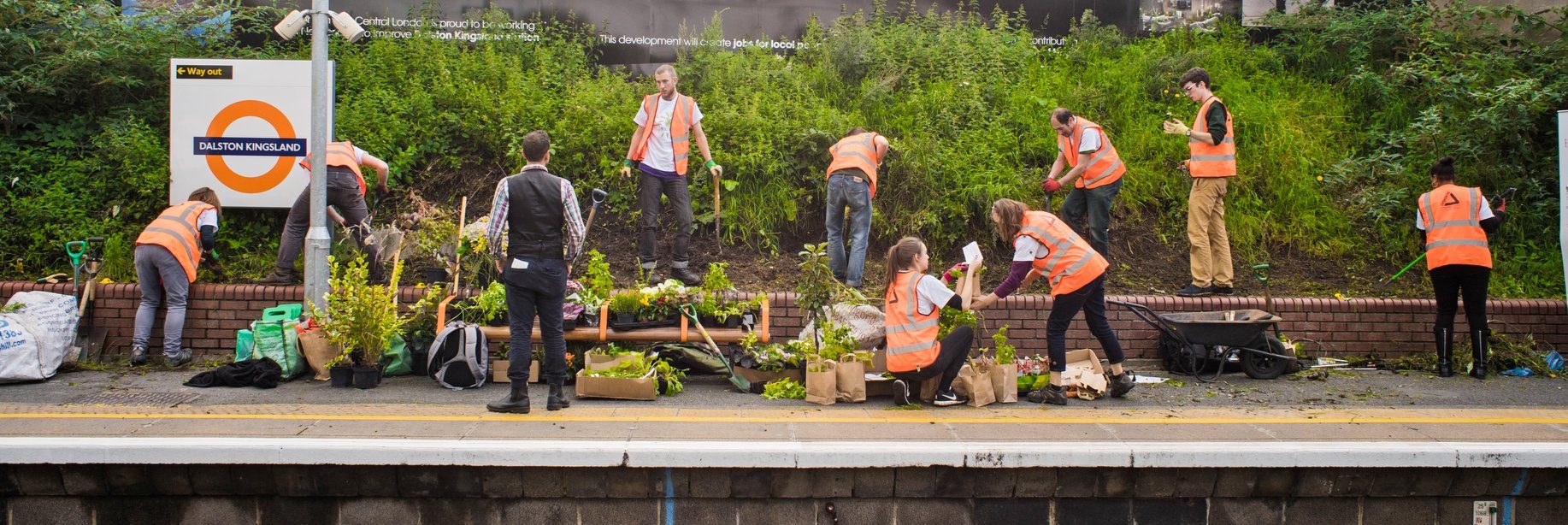
Blanchett puts it best when she says that as you see familiar spaces, such as your train station being transformed, it is really easy to feel inspired and hopeful about the future. This episode really filled me with a lot of hope and optimism about the future, from Prince William’s optimism through the Earthshot award, to Tony Seba’s bold predictions, it is hard not to shed some of the pessimism that environmentalists tend to feel. Moving forward, I suggest you follow the example of the Energy Gardens and look for sustainable initiatives happening in your own community. You might be surprised to find some great, inspiring projects happening near you!
